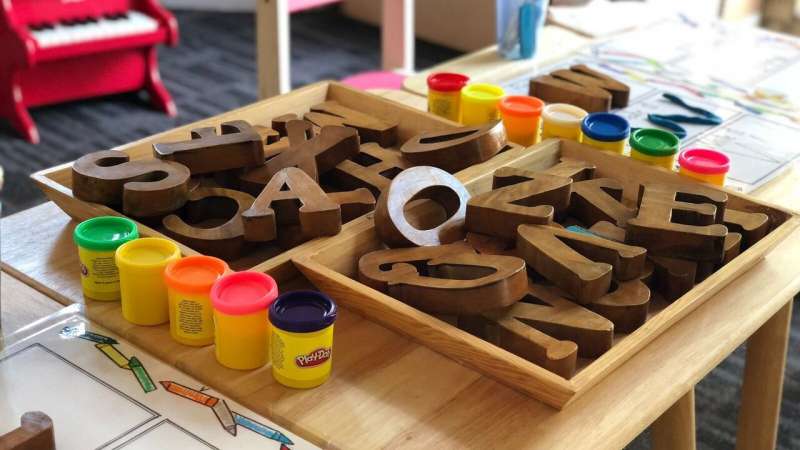Building preschoolers' language learning confidence

Known as the Wellington Translanguaging Project, the program involves researchers from the University's School of Linguistics and Applied Language Studies—as well as Te Kawa a Māui—working with communities to collect and analyze observational data from multilingual preschools that is turned into resources to help support the successful use of translanguaging at school and at home.
So, what exactly is translanguaging?
"Put simply, translanguaging is a process that allows multilingual speakers to draw on whichever languages they need at the time to communicate—using the language practices they already have to build their language skills," says Dr. Corinne Seals, senior lecturer in the School of Linguistics and Applied Language Studies and primary investigator of the project.
Dr. Seals says that rather than encouraging children to speak English as often as possible, translanguaging enables multilingual preschoolers to draw from their entire language repertoire.
"Getting them to ask or answer questions in a language that's more familiar to them builds their confidence and willingness to participate and helps them demonstrate what they know."
She says their research findings confirmed the multilingual reality that children fluidly mix languages. "Our aim is to leverage that natural ability to enhance their learning."
The findings also enabled Dr. Seals and her team of nine researchers to create grammatical principles for translanguaging and develop teacher resources which were then tested on the same communities that informed the research. These resources include an interactive poster and two illustrated books, all designed to build vocabulary, cultural understanding and content knowledge for under-fives. The first book uses a mix of Samoan and English, the other Māori and English; both represent the first to be written with a true mix of languages.
"Traditionally, bilingual books feature one language at the top, and the other at the bottom," says Dr. Seals, who speaks 11 languages herself. "We've applied neurolinguistic and syntactic principles that allow readers to move systematically between the two languages—in much the same way as they might talk at home."
With children often embarrassed or hesitant to demonstrate their ability or proficiency to speak a new language, Dr. Seals believes that the translanguaging approach will give them the confidence to try. "What we're seeing is kids who are taking more risks and participating more—they are also using a greater variety of languages."
Dr. Seals has been working with Viclink, the University's commercialization arm, to bring their research into the community.
With people from 30 countries currently accessing the website, Gary Ward, Viclink's General Manager, Knowledge Services, says the team is building an international reputation as world leaders in translanguaging.
"It's been such a privilege to be involved in helping them take their work to the world and create positive impact," he says.
Provided by Victoria University of Wellington




















